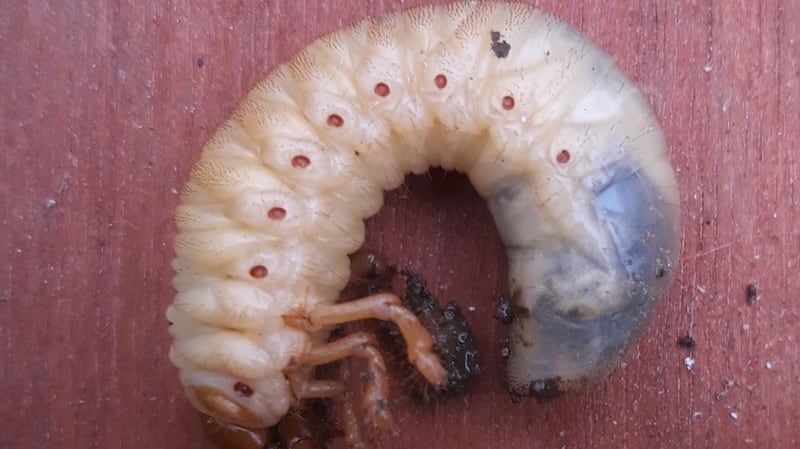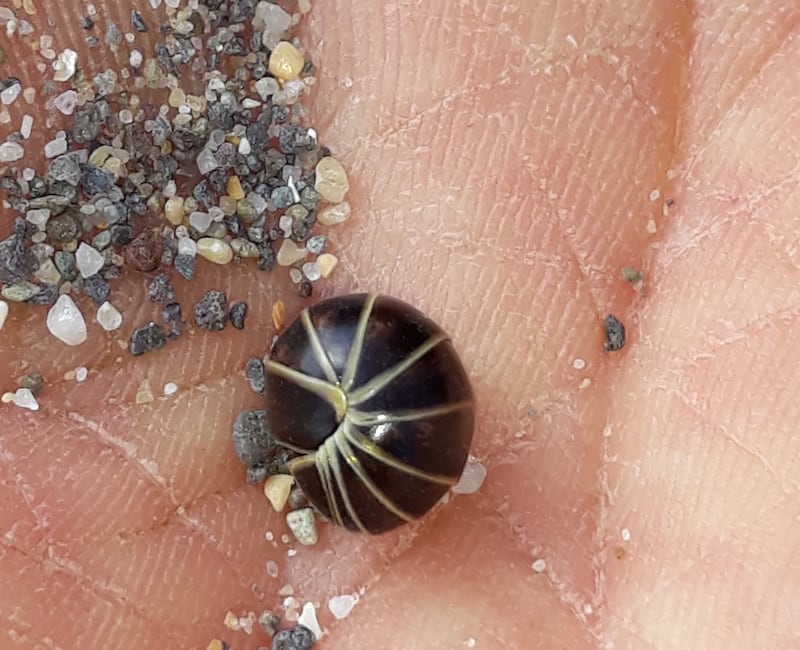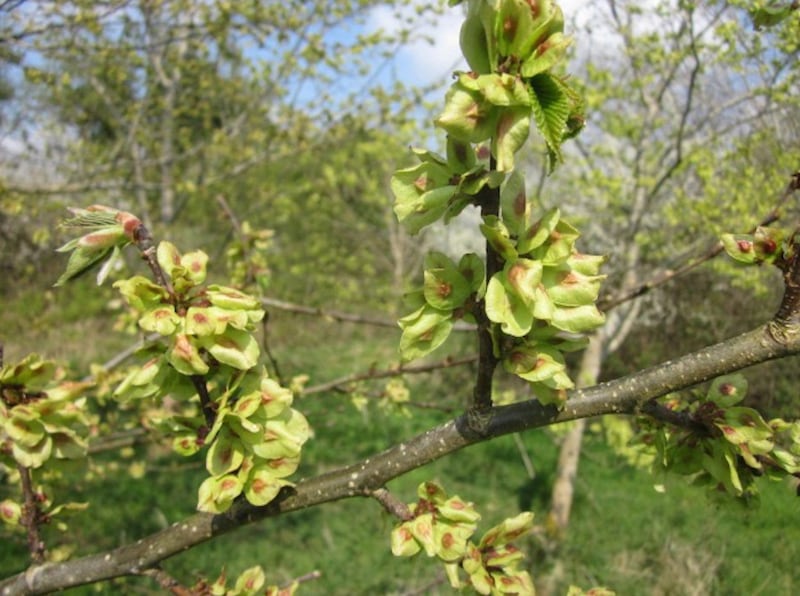I saw this large rock on Ventry Beach, Co Kerry. It doesn't look like old concrete and I wondered if it was Ice Age. – Frank Folan, Ballyvaughan, Co Clare
It is an erratic conglomerate rock carried there by the melting glaciers of the Ice Age. It was from sedimentary rock laid down millions of years ago. The basic rock of the Dingle Valley is red sandstone.
I found this fellow deep in the soil as I was planting a tree. The resident robin beside me had a look but wasn't interested. – Chris Normile, Tarbert, Co Kerry
It's the larva of the cockchafer, also called the maybug. The larva can live in the ground for three to four years and is a pest in the garden as it feeds on the roots of plants.

In the cold days of early April I found this little bee with pollen in the vegetable garden. I put a bell jar over her and she warmed up and flew away. Rape is in flower about a mile away. – Simon Ó Cróinínm, Ráth Chairn, Co na Mídhe
It looks like the tawny mining bee, which has a nest in the ground.

I found this beetle-like creature on Long Strand beach. – Danny Ó Súilleabháin, Clonakilty, Co Cork
It looks like the pill woodlouse, Armadillidium vulgare, which curls up when it feels threatened, and can be found in coastal areas.

We have discovered that the beautiful show of fresh yellow-green leaves on our wych elms is in fact a dense show of seeds. They have never done this before. – Paul Mohr, Corrandulla, Co Galway
Wych elms can produce seed as young as 13 and do so before the leaves appear.

My loquat tree (Nispero) flowered after 40 years last winter and now there is fruit. – Michael McNamara, Castleconnell, Co Limerick
Ethna Viney welcomes observations and photographs at Thallabawn, Louisburgh, Co Mayo, F28 F978, or by email at viney@anu.ie. Include a postal address.
















